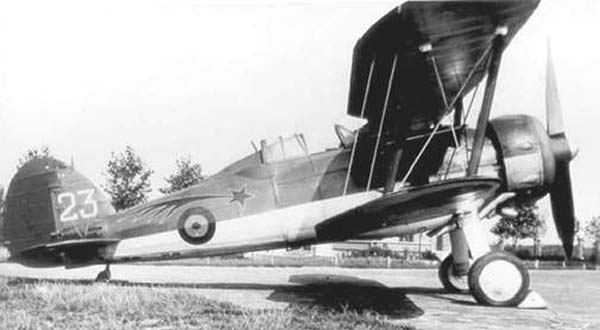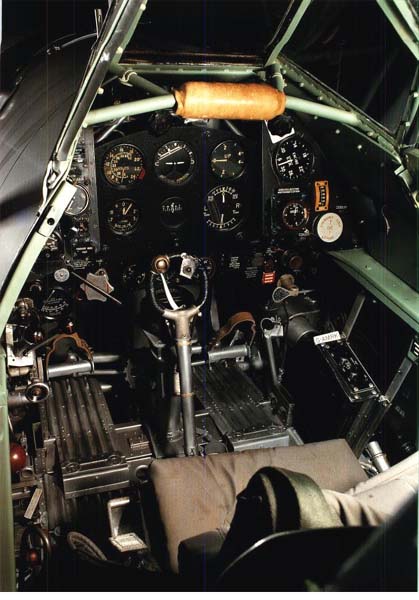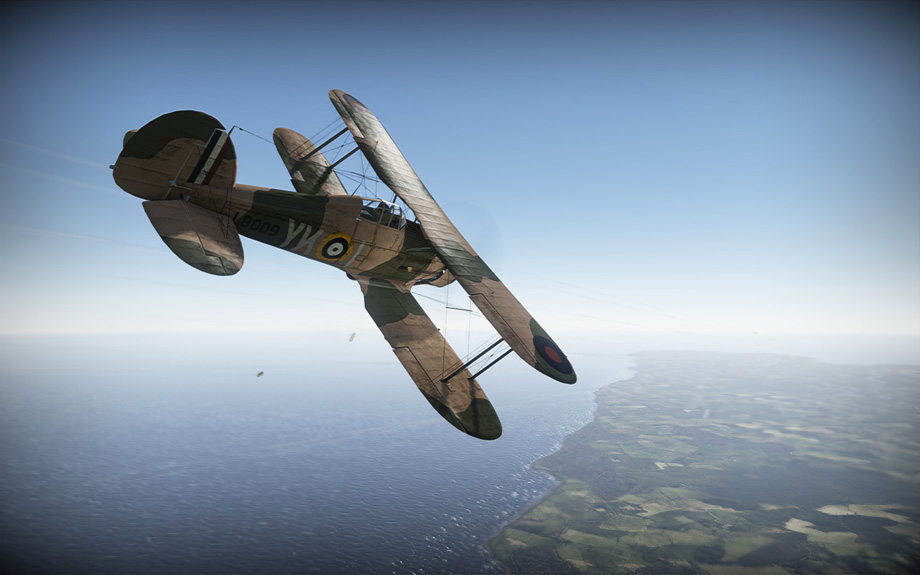
- For PC
- For MAC
- For Linux
- OS: Windows 7 SP1/8/10 (64 bit)
- Processor: Dual-Core 2.2 GHz
- Memory: 4GB
- Video Card: DirectX 10.1 level video card: AMD Radeon 77XX / NVIDIA GeForce GTX 660. The minimum supported resolution for the game is 720p.
- Network: Broadband Internet connection
- Hard Drive: 17 GB
- OS: Windows 10/11 (64 bit)
- Processor: Intel Core i5 or Ryzen 5 3600 and better
- Memory: 16 GB and more
- Video Card: DirectX 11 level video card or higher and drivers: Nvidia GeForce 1060 and higher, Radeon RX 570 and higher
- Network: Broadband Internet connection
- Hard Drive: 95 GB
- OS: Mac OS Big Sur 11.0 or newer
- Processor: Core i5, minimum 2.2GHz (Intel Xeon is not supported)
- Memory: 6 GB
- Video Card: Intel Iris Pro 5200 (Mac), or analog from AMD/Nvidia for Mac. Minimum supported resolution for the game is 720p with Metal support.
- Network: Broadband Internet connection
- Hard Drive: 17 GB
- OS: Mac OS Big Sur 11.0 or newer
- Processor: Core i7 (Intel Xeon is not supported)
- Memory: 8 GB
- Video Card: Radeon Vega II or higher with Metal support.
- Network: Broadband Internet connection
- Hard Drive: 95 GB
- OS: Most modern 64bit Linux distributions
- Processor: Dual-Core 2.4 GHz
- Memory: 4 GB
- Video Card: NVIDIA 660 with latest proprietary drivers (not older than 6 months) / similar AMD with latest proprietary drivers (not older than 6 months; the minimum supported resolution for the game is 720p) with Vulkan support.
- Network: Broadband Internet connection
- Hard Drive: 17 GB
- OS: Ubuntu 20.04 64bit
- Processor: Intel Core i7
- Memory: 16 GB
- Video Card: NVIDIA 1060 with latest proprietary drivers (not older than 6 months) / similar AMD (Radeon RX 570) with latest proprietary drivers (not older than 6 months) with Vulkan support.
- Network: Broadband Internet connection
- Hard Drive: 95 GB
Beautiful camo for Gladiator Mk.II made by BlackandTan | Download here!
 |
In 1931 the British Air Ministry issued a Specification calling for a new fighter for the Royal Air Force, armed with four machine guns and capable of reaching speeds of at least 250 mph. The Specification, F.7/30, was answered by several aircraft manufacturers who vied against each other to be awarded the contract for the RAF’s latest front line fighter.
Gloster’s legendary designer Henry Folland had a long and successful history of designing biplane fighters – he was one of the chief architects of the Royal Aircraft Factory’s SE5, one of the most successful scout aircraft of the entire First World War. Folland’s team set about making modifications to their Gloster Gauntlet fighter which, although still being tested at this point would go on to serve with the RAF.
The new design’s most obvious change was that of an enclosed cockpit; a very modern design feature for a biplane fighter in the early 1930s. Other changes included a more streamlined undercarriage and only one set of inter-wing main struts rather than the two fitted to the Gauntlet. On September 12th 1934, Gloster’s new design, designated the SS.37, first took to the skies under the control of test pilot PEG Sayer.
 |
After a period of trials and assessments carried out by the RAF at Martlesham Heath, the newly named Gloster Gladiator impressed its assessors and two orders were placed for RAF Fighter Command. The first squadron to receive the Gladiator – No.72 Squadron at RAF Tangmere – became operational in February 1937. Whilst the Gladiator was a significant improvement on its predecessors in many respects, it was deemed a difficult and unforgiving aircraft to fly in the hands of a novice pilot. Furthermore, it entered service only weeks before the infinitely superior Bf109 would see its first combat sorties over the war torn skies of Spain.
 |
By the time the Second World War had erupted across western Europe, RAF Fighter Command had replaced many of their Gladiators with Spitfires and Hurricanes. However, whilst the new age of monoplane fighters was forming the bulk of Britain’s defenses, the Gladiator would still see a good deal of action overseas. RAF Gladiators were used to great effect in Norway, Greece, the Mediterranean and in regular clashes against Italian CR42 biplanes in the skies over North Africa. The RAF’s top scoring fighter ace of the Second World War, South African pilot Marmaduke ‘Pat’ Pattle, shot down fifteen enemy aircraft whilst flying Gladiators.
Several Gladiators were converted, and later purpose built, for maritime use by the Fleet Air Arm. Sea Gladiators were fitted with catapult points, arrestor hooks and an emergency dinghy and entered service with the Royal Navy in December 1938. Sea Gladiators fought in the North Sea and the Mediterranean, achieving notable successes in Norway as well as being propelled into fame as the Hal Far Fighter Flight during the defence of Malta.
World record holding test pilot and experienced fighter pilot Captain Eric Brown summed up the Gladiator: alongside the CR42, it was the best biplane fighter in history. The Italian fighter had the edge in speed, but the Gladiator packed more punch.
About The Author
 |
Mark Barber, War Thunder Historical Consultant Mark Barber is a pilot in the British Royal Navy's Fleet Air Arm. His first book was published by Osprey Publishing in 2008; subsequently, he has written several more titles for Osprey and has also published articles for several magazines, including the UK's top selling aviation magazine 'FlyPast'. His main areas of interest are British Naval Aviation in the First and Second World Wars and RAF Fighter Command in the Second World War. He currently works with Gaijin Entertainment as a Historical Consultant, helping to run the Historical Section of the War Thunder forums and heading up the Ace of the Month series. |




